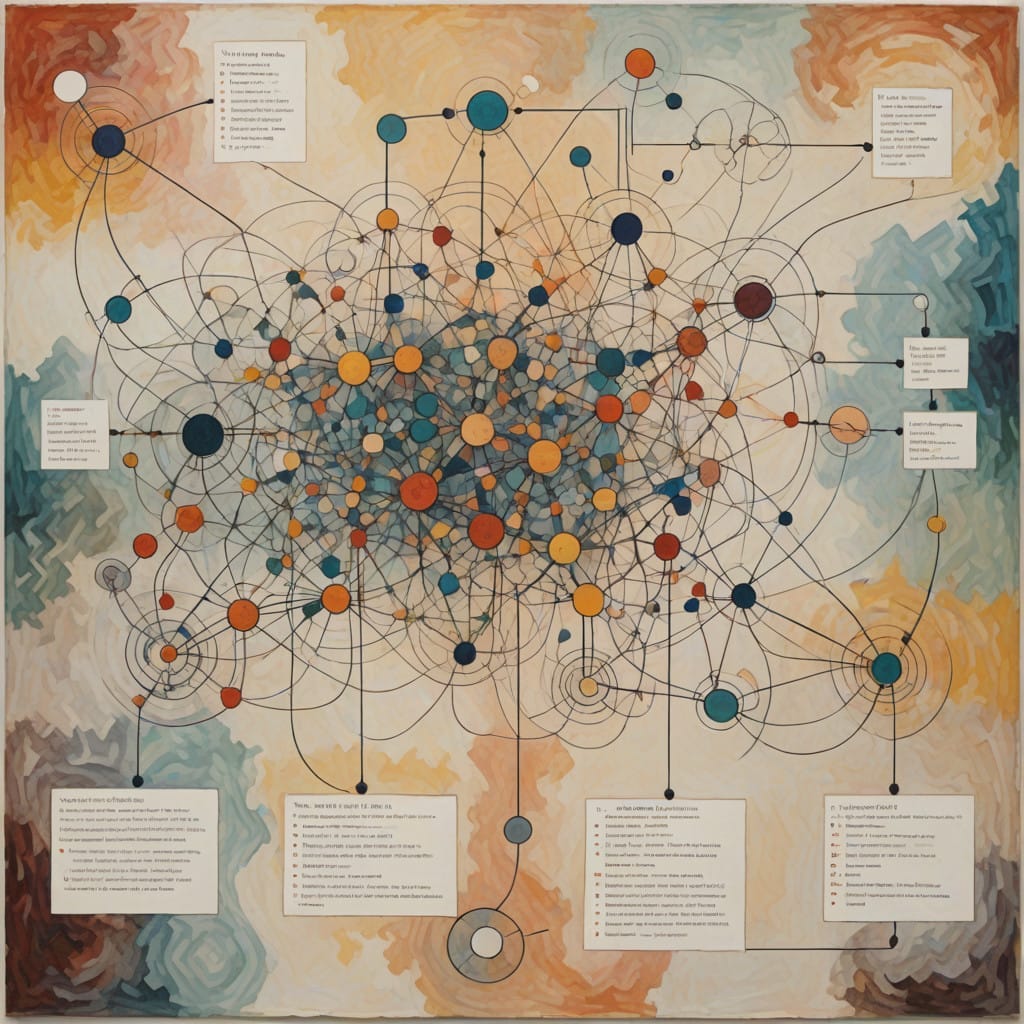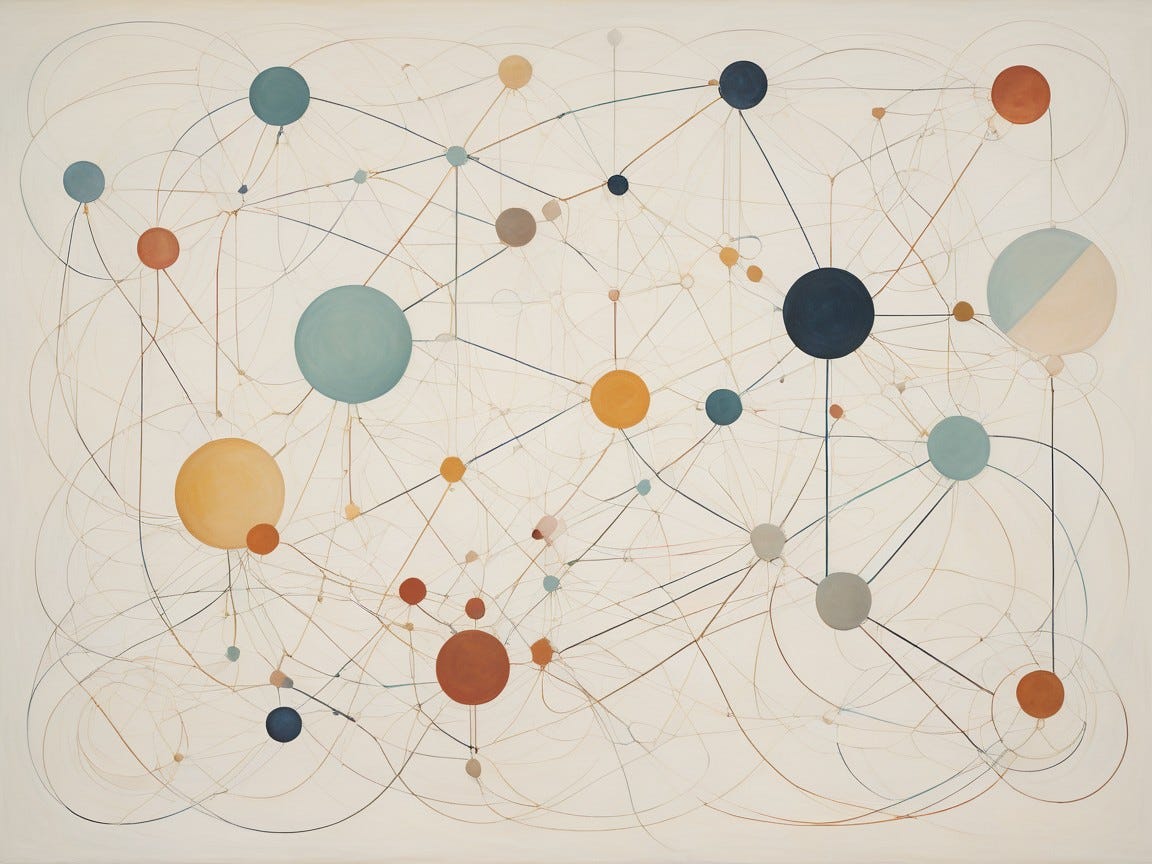
Ah, UML — the Unified Modeling Language. Once the darling of software developers, architects, and system designers, it has had its fair share of highs and lows. But here we are, decades after its debut, asking: Is UML still relevant, or is it a relic of a bygone era?
What Is UML, Anyway?
For the uninitiated, UML is a standardized modeling language used to visualize, specify, and document the architecture of software systems. Think of it as a blueprint for your code, with diagrams instead of bricks and mortar. It includes class diagrams, sequence diagrams, state diagrams, and more — each offering a different view of the system you’re building.
A Brief Stroll Down Memory Lane
UML burst onto the scene in the mid-1990s, aiming to unify various modeling methodologies into a single standard. It was the brainchild of Grady Booch, James Rumbaugh, and Ivar Jacobson (collectively known as the “Three Amigos”). By the late ’90s, UML was everywhere, with developers feverishly sketching diagrams on whiteboards and conference rooms plastered with flowcharts.
But trends change. As Agile methodologies rose to prominence, the meticulousness of UML began to feel… burdensome. UML diagrams were sometimes seen as bureaucratic bloat rather than helpful aids.

The Pros and Cons of UML
Pros:
- Clarity: A well-drawn UML diagram provides a clear, high-level view of your system.
- Standardization: UML offers a universal language, making collaboration easier across teams and industries.
- Documentation: It’s a great way to leave behind a roadmap for future developers (or for your future forgetful self).
Cons:
- Time-Consuming: Creating and maintaining UML diagrams can be a chore, especially in fast-moving projects.
- Overkill for Small Projects: For smaller systems, UML can feel like using a sledgehammer to crack a walnut.
- Steep Learning Curve: Understanding the nuances of UML takes effort, which not everyone has time for.
Is UML Still Used?
Yes, but not as universally as it once was. In large-scale enterprise environments, UML still shines as a tool for planning and communication. Architects love its ability to represent complex systems visually. However, in startups or Agile environments, UML often takes a backseat to more lightweight tools like flowcharts, Kanban boards, or even sticky notes.
Examples of UML in Action
Consider a banking system. A class diagram could show the relationships between Accounts, Customers, and Transactions. A sequence diagram might illustrate the process of transferring money between accounts. For large, distributed systems, these visual aids can be invaluable.

Class Diagram Example:
+----------------+ +----------------+ +----------------+
| Customer | | Account | | Transaction |
+----------------+ +----------------+ +----------------+
| -name |<------| -accountNumber |<------| -transactionID |
| -email | | -balance | | -amount |
| +getDetails() | | +deposit() | | +process() |
+----------------+ +----------------+ +----------------+
Sequence Diagram Example:
Customer -> Account: requestBalance()
Account -> Transaction: logRequest()
Transaction --> Account: confirmation
Account --> Customer: returnBalance
Alternatives to UML
- Mind Maps: Great for brainstorming and less formal.
- Flowcharts: Simpler and faster for process design.
- Entity-Relationship Diagrams (ERDs): Focused on database structure.
- Whiteboarding: Sometimes, all you need is a marker and a clean slate.
How Does UML Fit with AI?
Interestingly, UML is making a quiet comeback in AI and machine learning projects. As AI systems grow more complex, UML diagrams can help teams understand and communicate architectures, workflows, and data flows. Tools like PlantUML even integrate UML with code, generating diagrams directly from your scripts.
Popularity: Rising, Falling, or Leveling Off?
UML’s popularity peaked in the late 1990s and early 2000s but has since plateaued. Its use today depends heavily on industry, team size, and project complexity. While some swear by it, others have moved on to more flexible tools.
Final Thoughts
UML is neither dead nor thriving — it’s in a comfortable middle ground. For large, complex systems, it’s still a valuable ally. For smaller or more Agile projects, simpler tools often suffice. Whether UML is right for you depends on your project’s needs, your team’s preferences, and your willingness to dust off those old diagramming skills.
What do you think? Is UML a timeless classic or an outdated relic? Let me know in the comments — and don’t forget to follow for more tech musings!

Simplified AI Art Prompt
“An impressionist painting of a single, elegant flowchart with interconnected shapes representing a complex system, set against a soft, abstract backdrop of muted tones.”